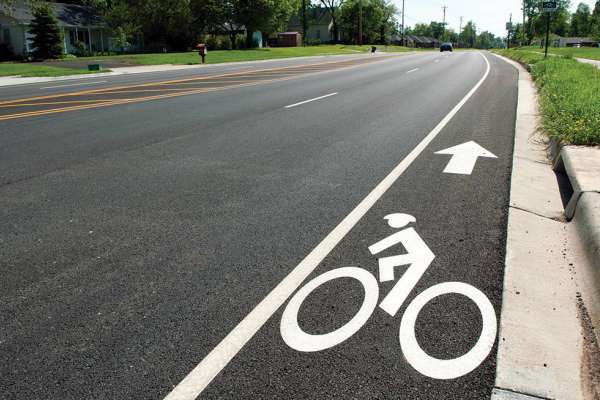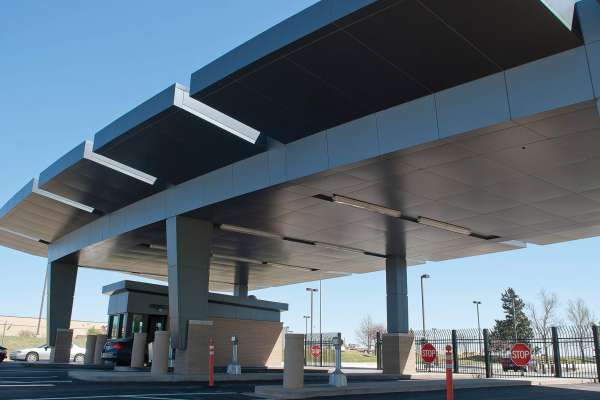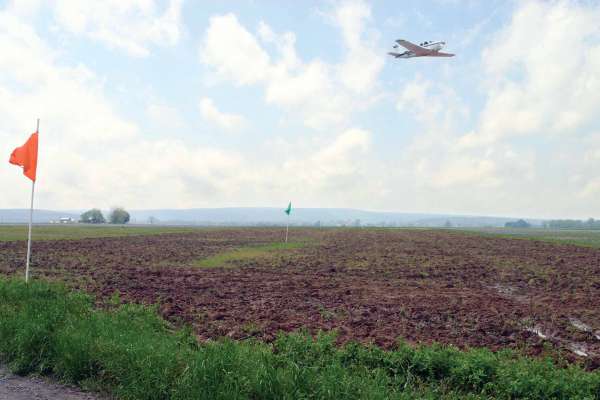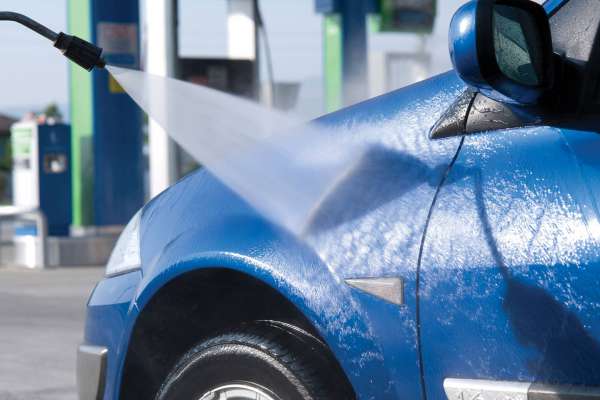Membrane filtration produces profitable wastewater effluent
Available water is a top priority for municipalities. Whether they are facing drought conditions, increasing populations or depleted fresh water supplies, this need has motivated many cities to consider wastewater treatment plant effluent as a viable product and a potential source of revenue.
Over the past decade, more stringent regulatory standards for sewage plant outflow have led to high-quality wastewater effluent. Today, some city governments are reusing wastewater as a long-term solution to reduce potable water demand and save money. Reclaimed wastewater is an acceptable product for agriculture and golf course irrigation, industrial processes and aquifer recharge. However, to sustain wastewater reuse alternatives, a utility must deliver a reliable supply.
If a utility desires to produce a water reuse product, or if a discharged water quality target cannot be met with conventional treatment, treating wastewater effluent with membrane filtration may be the answer.
Membrane filtration is a man-made material with pore sizes designed to capture and block target pollutants. Because the process delivers superior water quality, more facilities are using the technology, and capital and operational costs are inching closer to those associated with traditional wastewater treatment processes. In addition, membranes provide a reduced treatment process footprint and operational ease.
Treatment plants with membrane biological reactors (MBR) are unique because the membranes are integral to the biological process, and in some cases, submerged within the existing biological process tanks. MBR technology offers capital cost benefits by eliminating the solids settling (clarifiers) component found in traditional wastewater treatment plants.
Because the membranes take the place of the secondary clarification step, operators are not burdened with sludge bulking and the negative impacts of filamentous or Nocardia bacteria. Operational issues are further enhanced by the MBR's ability to operate at higher suspended solids concentrations, thus reducing sludge yields and establishing a more stable biomass that is potentially resistant to variable organic and toxic loads.
As source water supplies continue to diminish and wastewater effluent requirements become more stringent, wastewater reuse will prove more paramount. MBR technology is a viable option to produce reliable reuse quality water. As utilities consider ways to offset the stresses on water supplies, it appears a priority shift to reuse one of their most valuable commodities—wastewater effluents—is on the horizon.
Effluent Reuse Provides Significant Value
Many municipalities already consider treated wastewater as a valuable resource and practice reuse in the following ways:
- Irrigation (golf courses, ball fields, agricultural crops)
- Industrial (boiler cooling water, air scrubbers)
- Commercial (car washes, facility/product washdown)
- Municipal (firefighting, wastewater treatment plant washdown)
- Indirect Potable (blending with other raw water prior to treatment)
It is important to recognize at least two key points when considering wastewater effluent reuse:
- Every gallon reused in place of potable water is an additional gallon of finished water that did not require production at the water treatment plant (typical Midwestern finished water rate is $2 per thousand gallons). This is particularly valuable during the high-demand summer months.
- Directly selling wastewater effluent equates to a raw water purchase by industrial and commercial non-potable water users (assume that the raw water rate equals 85 cents per thousand gallons).
Consider the MBR equipment payback period if a mid-sized municipal practiced non-potable reuse of 1 million gallons per day. Within this scenario, the capital costs associated with advanced reuse technology can offer a rapid two-year return on the city's investment.






Share this article